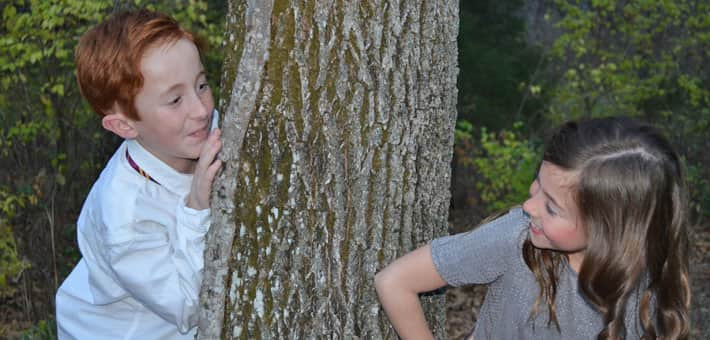Urban Planners and Wildlife Conservation Experts Convene to Connect Cities with Nature
OutdoorHub 05.12.14

Less than an hour’s drive through the scenic Mississippi River towns north of St. Louis sits Two Rivers National Wildlife Refuge (NWR), home to one of the largest concentrations of wintering bald eagles in the U.S., and thousands of birds as they rest and refuel during spring and fall migrations. Many refuge visitors come from the St. Louis metro area to hike, bird-watch and simply connect with their natural world.
Like Two Rivers NWR, many national wildlife refuges are within just an hour’s drive of one or more major metropolitan areas. In the Midwest, Detroit River International Wildlife Refuge offers citizens of the Detroit area birding and wildlife-viewing opportunities, while Minnesota Valley National Wildlife Refugeoffers outdoor education opportunities for inner city school groups from Minneapolis and St. Paul, Minn.
“More than three-quarters of people in the Midwestern United States live in urban areas. As a natural resource professional for more than 30 years, I have seen a recent trend in the conservation community towards an increased focus on our urban landscapes,” said Tom Worthington, Deputy Regional Chief of the National Wildlife Refuge System. “We have to make sure that people living in and near cities have opportunities to enjoy and learn and help care for our fish and wildlife heritage.”
That’s why both the U.S. Department of the Interior and the U.S. Fish and Wildlife Service are committed to enhancing existing and creating new urban refuge partnerships in demographically and geographically varied cities across the country.
As part of the effort to connect with urban audiences, Worthington and other Service staff met with urban planners and state, federal, private and nonprofit organizations from across the Midwest in a first of its kind movement to connect and integrate landscape-scale conservation efforts in and around urban areas. The effort kicked off with a Midwest Urban Conservation Workshop at the Missouri Botanical Gardens in the heart of St. Louis this May.
The workshop provided a venue to discuss challenges facing urban communities as they continue to expand, and established a platform for conversation about the future of urban conservation in the Midwest. The workshop was organized by the Eastern Tallgrass Prairie and Big Rivers Landscape Conservation Cooperative (LCC), Upper Midwest and Great Lakes LCC and other local and regional stakeholders vested in landscape-level conservation and management in urban areas.
Natural resource experts and city leaders discussed the adoption of green infrastructure to improve water quality, quantity and flood control, and the value of connecting people to nature through management initiatives that improve continuity of wildlife habitat.
Paul Botts, Executive Director of The Wetlands Initiative and one of more than 40 workshop participants said, “I came away with a clear sense of how much the awareness of and interest in urban conservation has grown among conservation professionals. Twenty, or even ten, years ago a new network of people and organizations pursuing restoration and/or land protection in Midwest cities would have been a smaller gathering both in numbers and in collective vision; the change is striking and exciting.”
Event organizers with the Eastern Tallgrass Prairie and Big Rivers LCC say the workshop was inspired by a collective-impact approach to conservation planning, an approach that leverages capacity across natural resource agencies and organizations, engages the public and decision makers in creative solutions, and builds upon already existing urban conservation efforts.
“We continue to learn how interactions with nature are important to quality of life – both from an economic perspective and in terms of human health and well-being,” Worthington said. “This workshop was a chance for Midwest conservation leaders and urban planners to start a dialogue on how we can work together at landscape scales to realize a world where humans, wildlife and natural processes can coexist in healthy and vibrant ways.”
The Eastern Tallgrass Prairie and Big Rivers LCC and partners will facilitate continued collaboration across agencies and organizations to identify effective urban planning techniques, and to find ways to draw connections between our growing cities and nature. To get involved, contact LCC Coordinator Glen Salmon at glen_salmon@fws.gov.
For more information about the Service’s Urban Refuge Initiative, visit http://www.fws.gov/refuges/vision/urbanwildliferefugeinitiative.html.
For more information about the Eastern Tallgrass Prairie and Big Rivers LCC visit http://tallgrassprairielcc.org
For more information about the Upper Midwest and Great Lakes LCC visit http://greatlakeslcc.org

